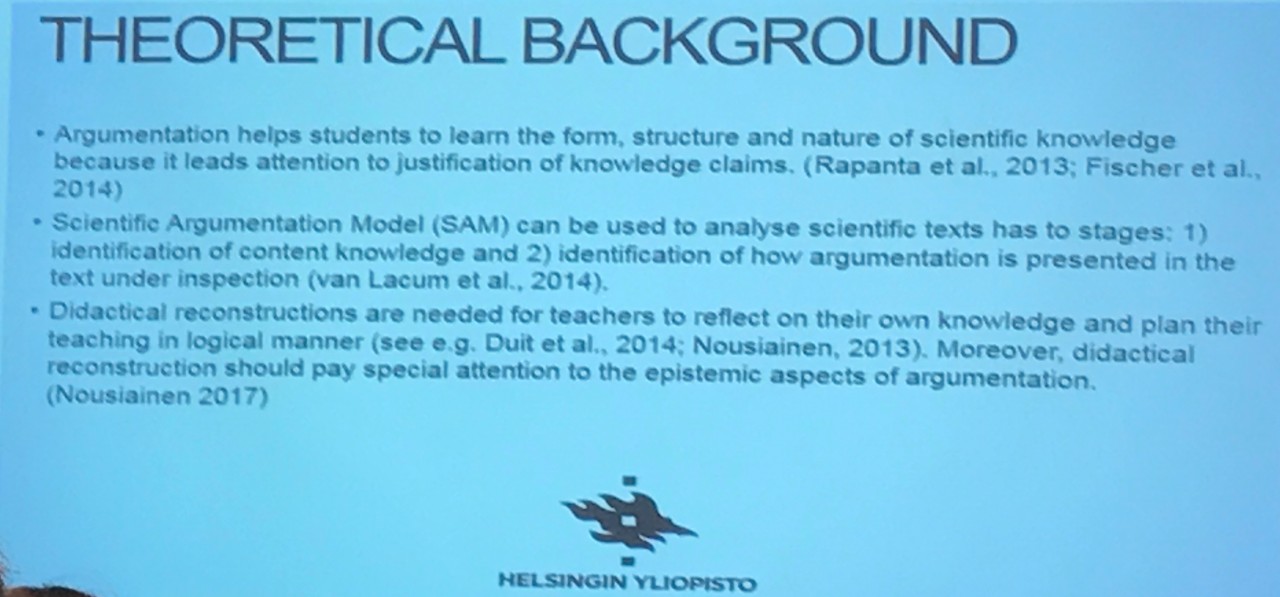
What is Abstract Language?
Abstract language is
- language that references intangible, metaphysical things—ideas, concepts, theories
- an attribute of prose, a style of writing, that is common in school and workplace writing (see Diction).
Related Concepts
Concrete, Sensory Writing; Description; Code Switching; Figurative Language; Given to New Contract; Register; Vague Language; Writer-Based Prose Style
Why Does Abstract Language Matter?
Abstract language empowers writers, speakers, knowledge makers . . . to
- share, debate, and test new ideas, theories, concepts
- test new knowledge claims
- develop knowledge
- engage in basic research, applied research
- develop new applications.
Abstract language is widely employed in peer-reviewed journals and publications. It is the language of formal discourse (see Diction). It includes the jargon of sophisticated discourse communities in the sciences, social sciences, humanities—and arts.
Abstract Language, Clarity & Readability
Use of abstract language can be problematic.
Abstract prose can impede clarity, especially when it is used inappropriately or gratuitously. Texts become increasingly less readable as they become more abstract.
By definition, abstract language is specific, less detailed than concrete language. And, it doesn’t appeal to your senses. That’s a problem for readers. It means that different readers, listeners, users . . . can have entirely different ideas about what a writer means when they use abstract terms.
How Can I Avoid Unnecessasry Abstractions?
Since 1918, following the publication of Strunk and White’s influential The Elements of Style, writers have been told to avoid abstract language:
“Prefer the specific to the general, the definite to the vague, the concrete to the abstract.”
Yet, if you take this advice to heart, well, it leaves you mute when it comes to discussing abstract ideas and theories. Ultimately, the notion that you should avoid abstract language is just plain wrong.
Instead, it’s more realistic to recognize that all language occurs at various levels of abstraction. For instance, S. I. Hayakawa, a linguist who subsequently became a U.S. senator, theorized that human reasoning and communication occurs at four levels of abstraction.
In Thought and Language, Hayakawa illustrates his concept by exploring how different users with their different perspectives might talk about a cow.
For a child, the cow might be a pet named Bessie. For the workers on the farm, Bessie may simply be referenced as a cow or one of the cows. Then, for the farmer the cows could be viewed as assets, particularly around tax time. Finally, most broadly, the cow may signify wealth, especially now with sky-high beef prices.
| Hayakawa’s Examples | Examples | ||
| Level 1: Abstraction | wealth | information | |
| Level 2: Broad group of names with little specification | assets | Encyclopedia, Writing Textbooks | |
| Level 3: More definite groups | cows | Writing Commons, Purdue Owl, Writing Spaces | |
| Level 4: Specific, identifiable things | Bessie the cow | This specific article on Abstract Writing |
Strategies for Working with Abstract Prose
Successful writing requires writers to move up and down the ladder of abstraction, depending on the writer’s purpose and whether the information is new or old information for the reader, listener, user . . .
Prior to submitting a text for review by a teacher, a coworker, or a client, be sure to analyze
- the rhetorical situation
- What jargon, rhetorical moves, and research methods are commonplace for your audience or the discourse community you are addressing?
- How abstract are the texts that comprise the scholarly conversations on a topic?
- What information can you assume is given, and, what information is new?
- whether any abstract language can be replaced by concrete, sensory language or figurative knowledge.
As always, you are also wise to share early drafts with your audience or ask your readers if any terms are too abstract.
Recommended Resources
Hayakawa, S. I. (Samuel Ichiyé), 1906-1992. Language in Thought and Action. New York: Harcourt, Brace & World, 1964.
Ohmann, Richard (December 1979). “Use Definite, Specific, Concrete Language.” College English 41(4), 390-97.





















